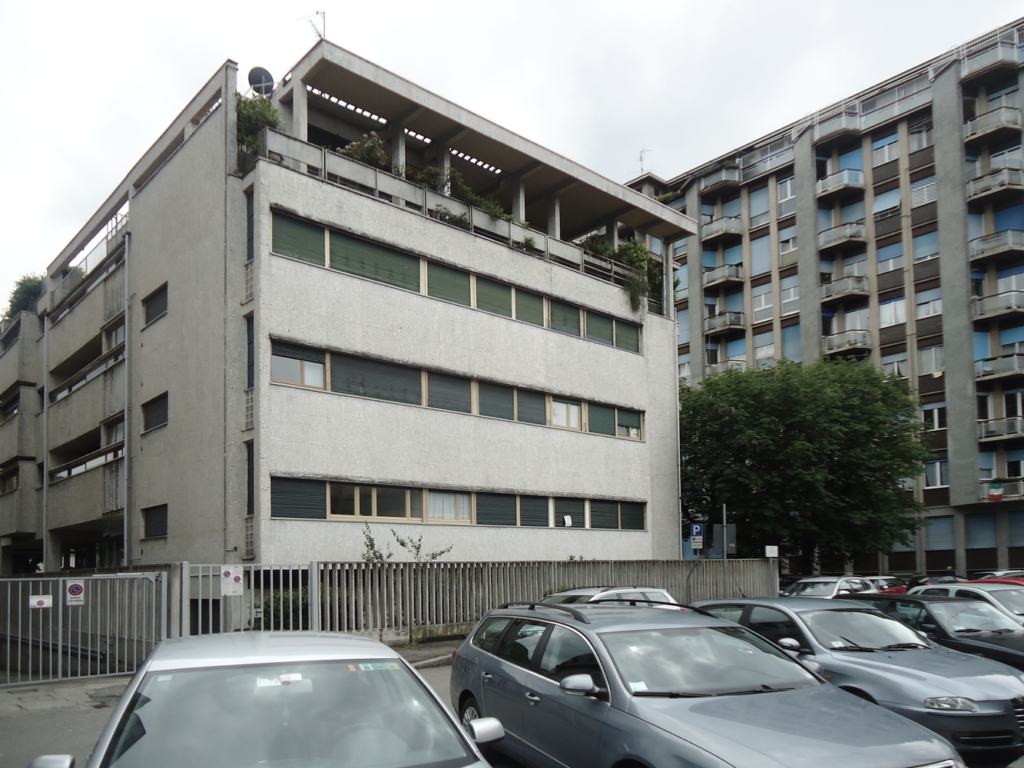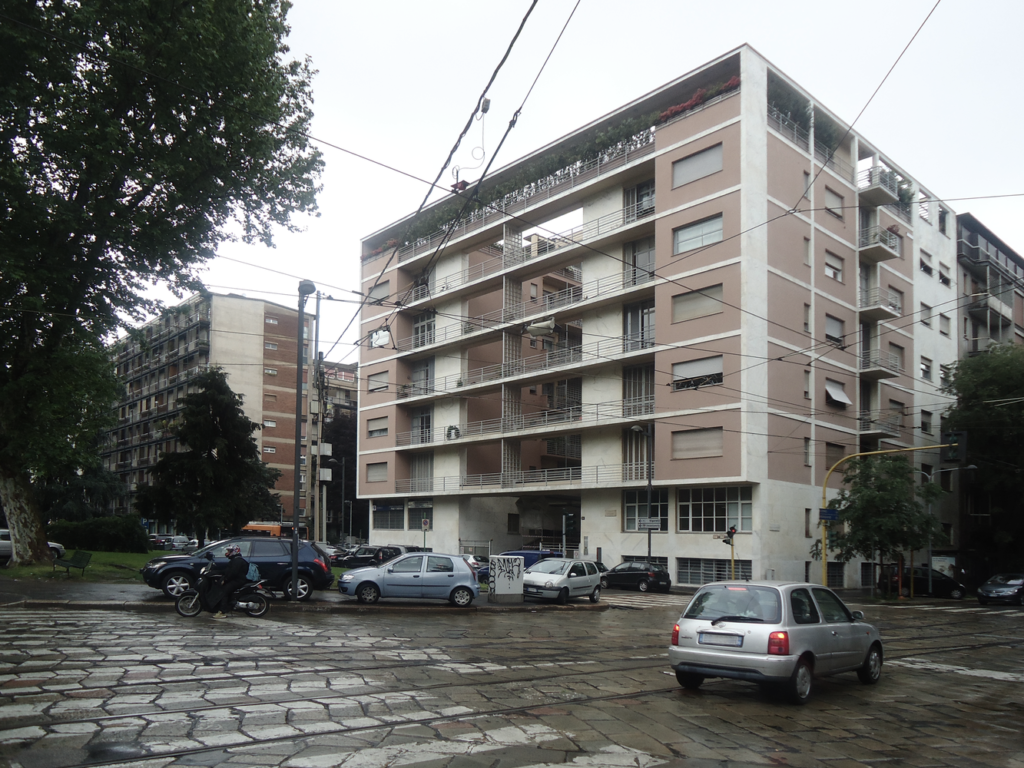
(GSTOP, 2013)
Good Shepherd Temple of Praise (GSTOP) in Fort Worth, Texas is where I spent most of my time growing up. My grandparents have served as Senior Pastor and First Lady for 29 years. I was born into ministry, and continue to serve. As a child, and even into my teenage years, my church schedule was as follows: Monday night service, Tuesday nights teaching praise dance, Wednesday night Bible Study, Thursday night ministering at the local nursing home, Saturday morning preparing the church for Sunday, and Sunday service. Many of the relationships that I hold near and dear were made in this very building. Even though I love this building and have made some of my fondest memories in it, I also resented it as I got older. In my “rebellious” teenage years, I no longer wanted to spend as much time and have as much responsibility within the church that I had always had. Looking back I realize how crazy the feeling of resentment was because I miss being able to go in that building whenever I felt like it, more and more everyday.
The church has continued to be built on, with the last changes in construction being October 2009. GSTOP is the sole owner of all of the land on the block, and even renamed the street to Good Shepherd Way. We have also recently opened a second location on the West side of Fort Worth, in order to efficiently reach more of our members. Overall, this building is hands down the most influential building in my life. If I had not ever experienced the love, family, and anointing within this building, I don’t know where I would be.



